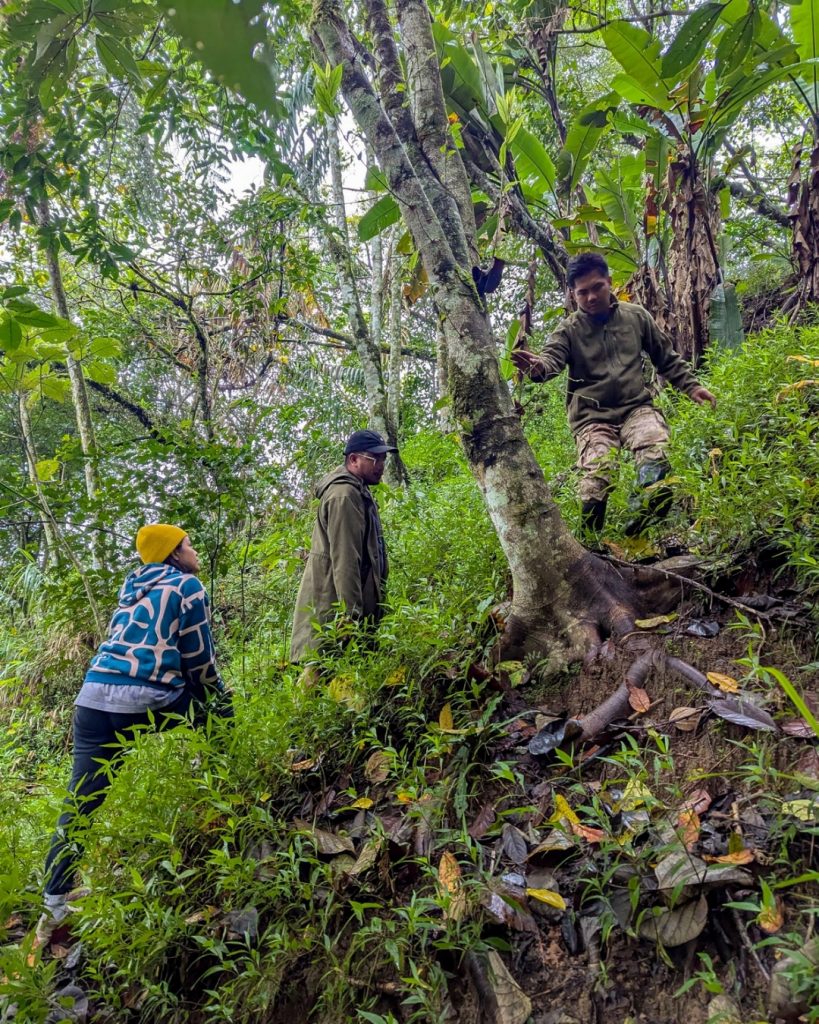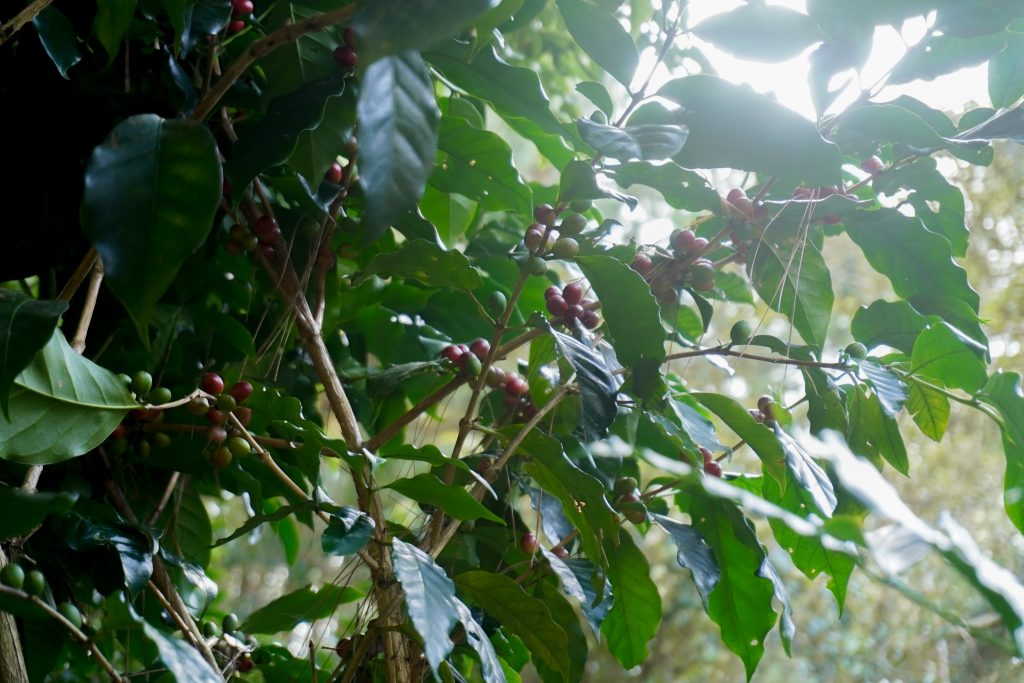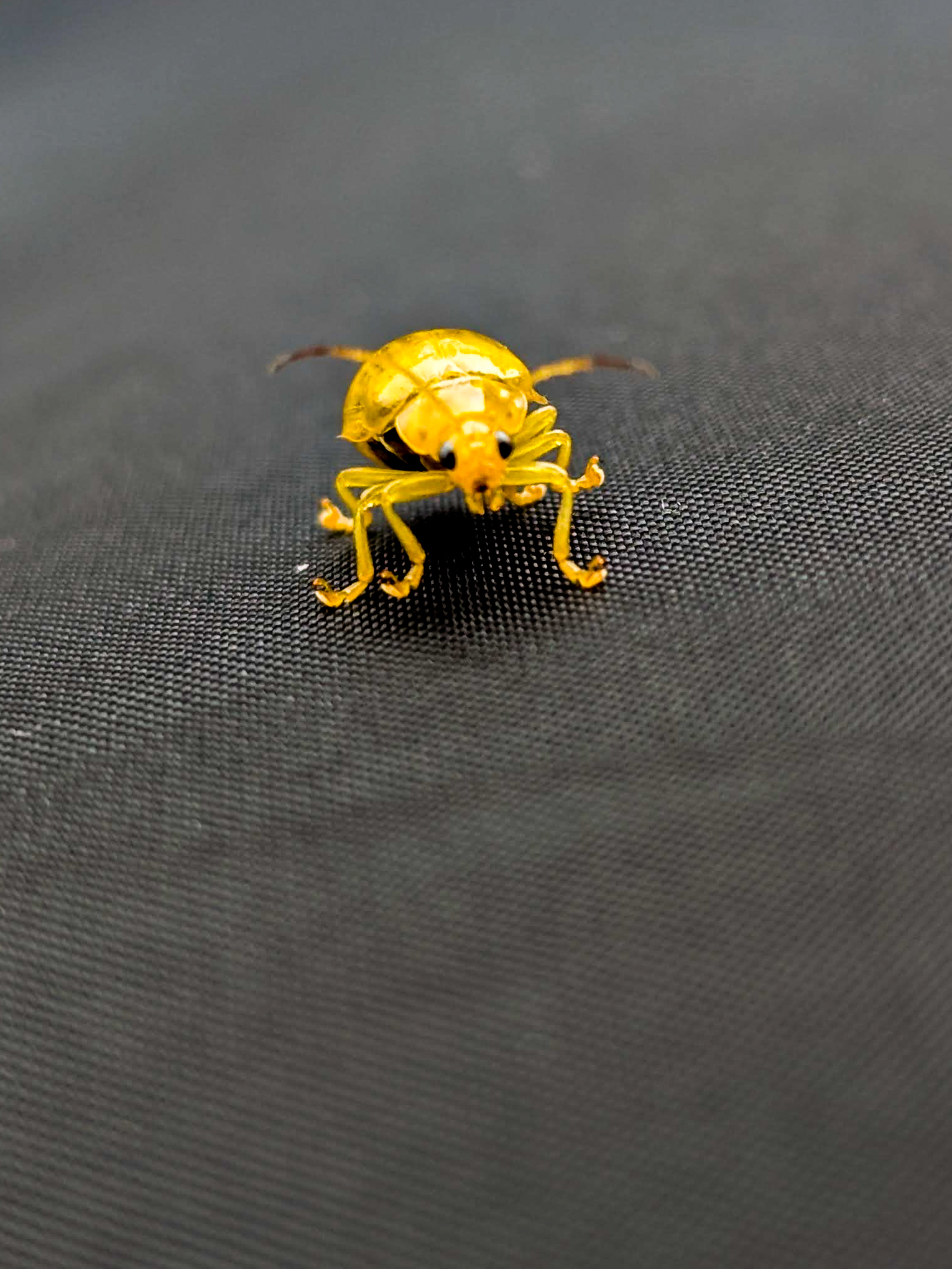This is part 3 of a 5-part series on Shade Grown, agroforsestry coffees.
Pests and Predators in Balance
Rainforests are defined by balance. Every insect, bird, reptile, and mammal plays a role that keeps populations in check. When coffee is grown inside this system, it becomes part of the same balance. Insects that might otherwise damage coffee plants are controlled by the predators that naturally hunt them. Birds feed on caterpillars, bats consume night-flying pests, and ants patrol the forest floor and tree trunks. Farmers are not introducing these controls but living within an ecosystem where they already exist.
By keeping forest structure intact, agroforestry coffee maintains the food webs that regulate pests. Outbreaks are less likely because no single species dominates.
Disease Resistance Through Diversity
Monocultures are vulnerable to disease because pathogens can spread quickly through uniform plants. Agroforestry coffee avoids this vulnerability by existing within the rainforest’s diversity. Coffee plants grow alongside many other tree and understory species, creating a patchwork that slows the movement of diseases. The surrounding vegetation also harbors beneficial fungi and microbes that compete with or suppress harmful pathogens.

This built-in resistance does not eliminate disease completely but prevents the kind of devastating epidemics that occur in simplified systems. The rainforest itself provides resilience, and farmers participate in this defense by maintaining biodiversity rather than removing it.
The Role of Microhabitats
Every layer of the forest contributes to pest and disease regulation. The canopy offers perches for insect-eating birds. The understory supports spiders and amphibians. Leaf litter on the forest floor harbors decomposers and predators that keep insect larvae in check. Coffee plants grow among these layers, benefiting from the network of microhabitats that sustain natural controls.
Farmers, like other mammals in the forest, interact with these layers without breaking them apart. Their actions such as pruning, harvesting, or planting are woven into the system rather than replacing it.
Reduced Need for External Inputs
Because pests and diseases are managed through ecological relationships, agroforestry coffee requires little to no synthetic chemical inputs. In Luzon Coffee, we are fully organic and this aligns with our values. This also has the added benefit of reducing costs for farmers and avoids the negative impacts of pesticides on soil, water, and non-target species. It also means that coffee cultivation supports the health of pollinators and other beneficial organisms, keeping the entire system functioning.

Instead of imposing control from outside, farmers rely on the rainforest’s own mechanisms. Their role is to maintain the habitat that makes those mechanisms possible.
Local and Global Implications
For farmers in Luzon and across the Philippines, agroforestry means healthier crops with lower risk of catastrophic losses. For local ecosystems, it means intact food webs that protect biodiversity at all levels. Globally, it demonstrates that agriculture can be practiced in harmony with nature, producing food and income while preserving the ecological checks and balances that sustain life.
Conclusion
In the rainforest, balance is the best defense against pests and disease. Agroforestry coffee participates in this balance rather than disrupting it. Farmers are one part of the system, working alongside birds, insects, microbes, and plants to maintain stability. Each harvest represents not only human effort but also the quiet work of the forest itself, where every species contributes to resilience.

